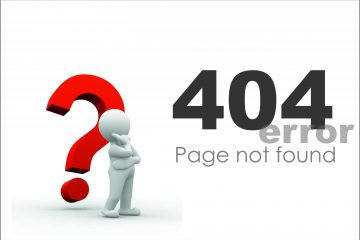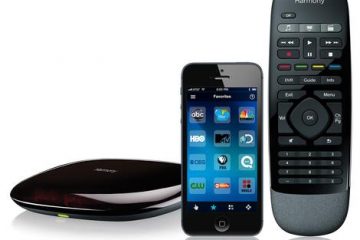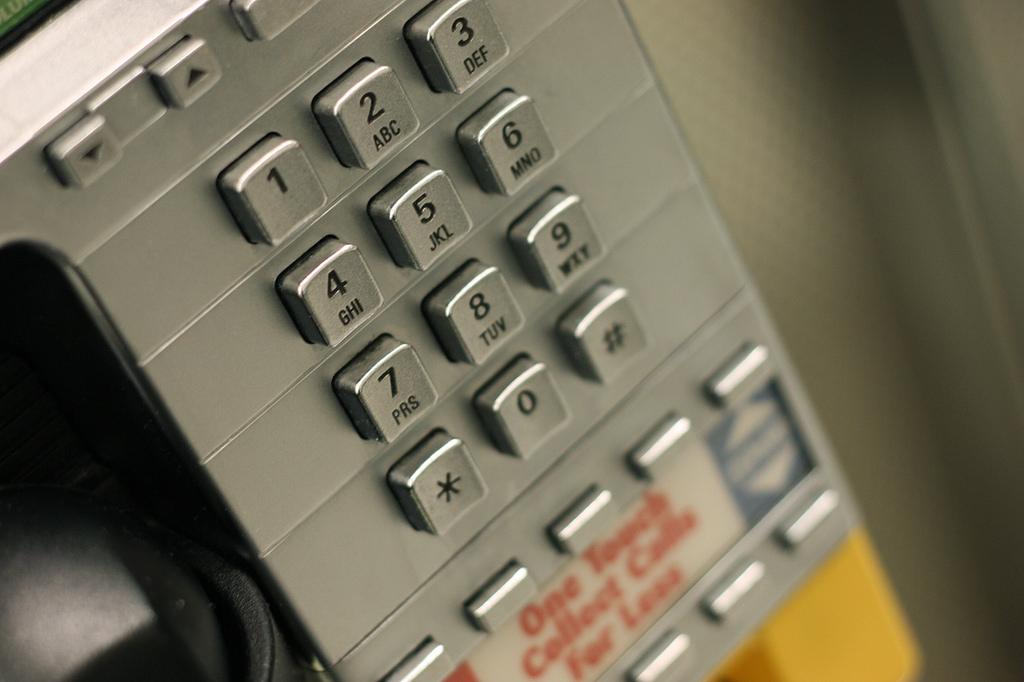Although dumpster diving is not a typical weekend diversion for me, I managed to acquire an IBM Aptiva that had been disposed of at a construction site in our area. The case was in prestine condition and it booted successfully the first time.
Unfortunately, the previous owner had not observed proper techniques for disposing of used computer equipment. A PC cannot be thrown out with your normal trash, it requires special handling because many of the internal components contain toxic chemicals. Considering this was an IBM computer, the previous owner could have taken advantage of the IBM PC Recycling Service.
Another caveat of computer disposal is that data on your old machine doesn’t simply disappear after you dipose of the device. Imagine throwing out old credit cards or sensitive financial information without shredding it, if you throw out a computer without wiping your hard drive you are effectively doing the same thing.
For home users, it’s probably sufficient to reformat the hard drive. You can do this under Windows by creating a DOS bootable floppy and issuing the FORMAT C: command. If you had multiple drives on your computer, you should wipe them as well; for example, FORMAT D: would remove the data on drive D. You will have to boot from a floppy or CDROM to perform these operations, the C: drive is typically in-use when your computer is running and therefore cannot be formatted.
You can also use FDISK to delete your disk partitions. This command has changed with newer versions of Windows (NT/2000/XP) and a GUI disk management tool is now provided. You will likely need to rely on your DOS bootable floppy or another bootable operating system to modify the disk partition tables. In this case, use FDISK /MBR to delete the Master Boot Record and run FDISK to delete all partitions on your system.
You may prefer a more robust disk cleaning technique like DBAN. This provides a number of algorithms for wiping the data on your disk and eliminates any possibility of that data being recovered. Simply reformatting the disks and removing the partition table means that the average user won’t see anything when they turn the machine on. However, a more sophisticated user can run tools to reconstruct your partition table and make the old drives available.
Unfortunately, Jill didn’t do any of these things to her Aptiva before leaving at the dumpster. After plugging the system in and turning it on, the Windows desktop appeared. There were a number of links to her sensitive financial information and cached logins to her online brokerage account. Fortunately for Jill, I had no intentions of taking advantage of any of this data and her computer was quickly reformatted to serve another purpose. When you throw out your old PC, you might not be so lucky – take a few minutes to wipe the drive clean and dispose of the hardware properly.


